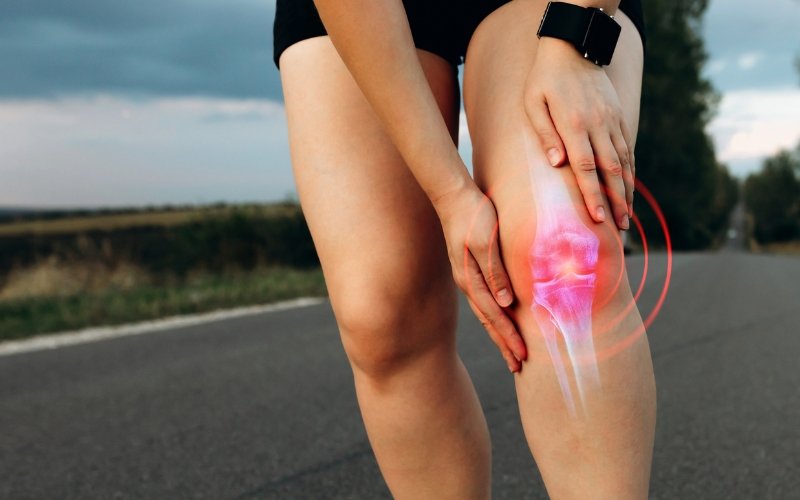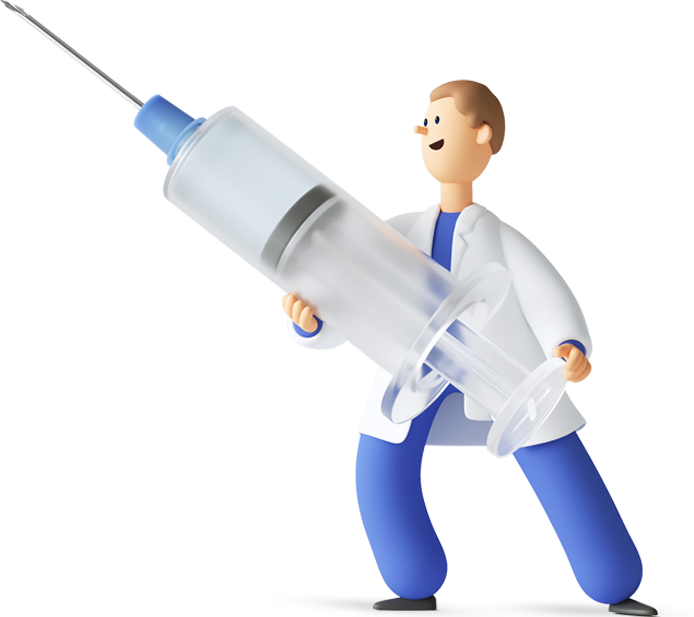Knee Pain

physiotherapy for Knee Pain
Knee pain refers to discomfort or soreness experienced in or around the knee joint, ranging from mild to severe. It can result from various factors affecting the bones, ligaments, tendons, or cartilage in the knee, hindering mobility and impacting daily activities. Physiotherapy for Knee Pain plays a crucial role in addressing these issues by improving strength, flexibility, and overall knee function.
Knee pain can stem from multiple factors, including injuries such as ligament tears, meniscal tears, or fractures, overuse or repetitive strain from activities like running or jumping, degenerative conditions such as osteoarthritis or rheumatoid arthritis, inflammation of tendons (tendinitis) or bursae (bursitis), or underlying medical conditions like gout or infections.
Knee pain physiotherapy focuses on specific exercises to strengthen the surrounding muscles, increase mobility, and reduce pain. Treatment for knee pain may also involve rest, ice, compression, and elevation (RICE) therapy for acute injuries, over-the-counter pain medications or anti-inflammatories for relief, corticosteroid injections for inflammation, orthotic devices or braces for support, or in severe cases, surgical interventions such as arthroscopic surgery or knee replacement.
Symptoms of Knee Pain
- Pain, ranging from dull aches to sharp, stabbing sensations
- Swelling or inflammation around the knee joint
- Stiffness or decreased range of motion
- Weakness or instability in the knee
- Popping or grinding sensations during movement
- Difficulty bearing weight on the affected knee
Causes of Knee Pain
- Injuries such as ligament tears, meniscal tears, or fractures
- Overuse or repetitive strain from activities like running or jumping
- Degenerative conditions such as osteoarthritis or rheumatoid arthritis
- Inflammation of tendons (tendinitis) or bursae (bursitis)
- Underlying medical conditions like gout or infections
What Triggers Knee Pain
- Sudden impact or trauma to the knee
- Overuse or repetitive strain from activities
- Degenerative changes in the knee joint
- Excessive weight-bearing or improper biomechanics
- Poor footwear or inadequate support during physical activities
- Underlying medical conditions or infections
When do you need physiotherapy for Knee Pain?
If knee pain persists for more than a few days, worsens with activity, or is accompanied by swelling, instability, or difficulty bearing weight, it’s advisable to seek physiotherapy. Physiotherapists can assess the underlying cause of knee pain, provide targeted interventions to alleviate symptoms, and develop a personalized treatment plan. They may use techniques such as manual therapy, exercise prescription, modalities like heat or cold therapy, and education on proper biomechanics and injury prevention to effectively manage knee pain.
How to Prevent Knee Pain?
Preventing knee pain involves various strategies aimed at maintaining knee health and reducing the risk of injury. These include maintaining a healthy weight to alleviate stress on the knees, engaging in regular exercise to strengthen the muscles surrounding the knee joint, and ensuring proper footwear with adequate support and cushioning. It’s essential to avoid overuse or sudden increases in activity intensity, and incorporating warm-up and cool-down exercises before and after physical activity can help prevent strain on the knees. Practicing proper technique and biomechanics during sports or exercise activities is crucial, as is incorporating stretching and flexibility exercises into your routine to maintain optimal joint mobility.
Treatments for Knee Pain using Physiotherapy
We at Reroute and Reboot, offers a range of effective treatments to manage knee pain and promote knee health. These treatments may include manual therapy techniques such as joint mobilization or soft tissue massage to reduce pain and improve mobility. Exercise therapy focuses on strengthening the muscles around the knee and enhancing flexibility and range of motion. Modalities like ultrasound or electrical stimulation can be used to reduce pain and inflammation. A biomechanical assessment allows for the identification and correction of faulty movement patterns contributing to knee pain. Additionally, education on proper posture, body mechanics, and injury prevention strategies equips individuals with the knowledge and skills to minimize the risk of recurrent knee pain and maintain long-term knee health.


